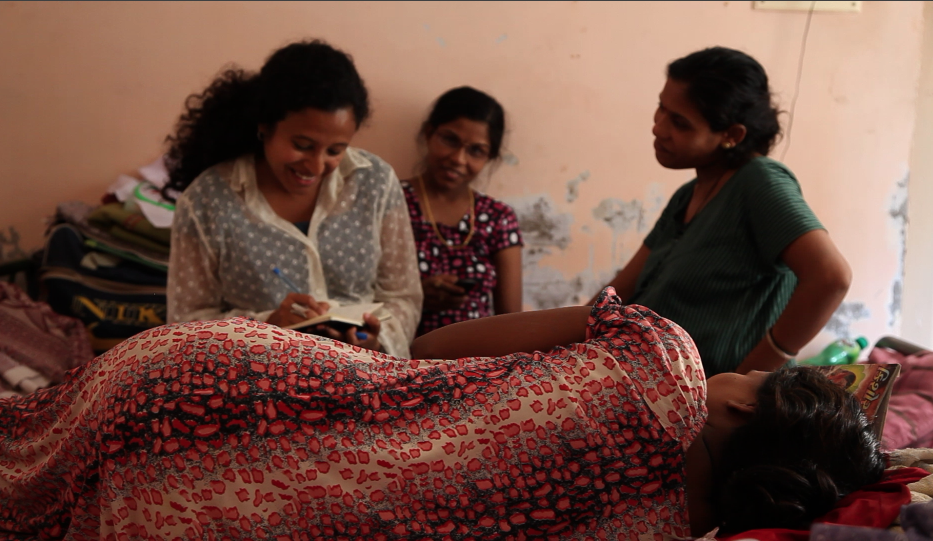Made in India

This piece was originally published on the UCT Humanities website.
When Dr. Amrita Pande embarked on research into India’s commercial surrogacy practices, she may never have anticipated the level of international interest that her work would garner or, that she would be asked to present her findings in front of large Danish audiences. Made in India is Pande’s new interactive, multi-media lecture series that debuted at the fourth ‘Women Deliver’ Conference, held in Copenhagen recently. It has since been selected for permanent exhibition in the National Museum of Denmark.

Until 2016, when the Indian government was forced to clamp down on the ‘international’ aspect of this industry, surrogacy was big business in India with couples visiting the country from all over the world, for the chance to procure a baby. It is a hugely lucrative arrangement worth billions of dollars in revenue. The women who participate do so in order to provide for their families and to be able to send their children to school. One of the biggest attractions for international baby-seekers are India’s lax regulations covering surrogacy and, the low costs involved – prospective parents are charged significantly less for surrogacy services in India than anywhere else in the world. “What makes this controversial is the fact that the practice of commercial surrogacy has been flourishing in only a few countries (India; Mexico; USA; Nepal; Cambodia and Greece). In the rest of the world it is banned. After a spate of international scandals, the last year saw the practice being banned in even these countries and now it continues officially only in the US,” says Pande. To put it into perspective, recent statistics indicate that Indian women who engage in this line of work can achieve the equivalent of five year’s salary in just nine short months, making it one of the most viable ways for the poor to provide for their families. In a country characterized by extreme poverty, this is significant. However the question becomes: is this commercial relationship really a ‘win-win’ arrangement for all involved or, another example of the ways in which the rich (mainly Westerners) continue to exploit the poor of the world?

Pande says that her next research project will connect the surrogacy industry to another significant fertility hub, South Africa. “South African regulations do not allow commercial surrogacy but in recent years SA has emerged as the prime supplier of Caucasian (or white) eggs. While countries in the global south (like Mexico, Thailand, India and Nepal) can provide cheap wombs for gestating the babies of white western clients, they cannot provide the desired Caucasian eggs – this is where South Africa comes in,” says Pande.
As the largest global conference on the health and rights of women and girls and the first conference to convene on these issues following the development of the Sustainable Development Goals, the ‘Women Deliver’ Conference brings together world leaders, policymakers, researchers and thought leaders. In 2016, the event was attended by close to 6000 delegates representing 169 countries. In addition to featuring at this event, Made in India has since been invited to appear in the permanent exhibition at the National Musuem in Denmark.